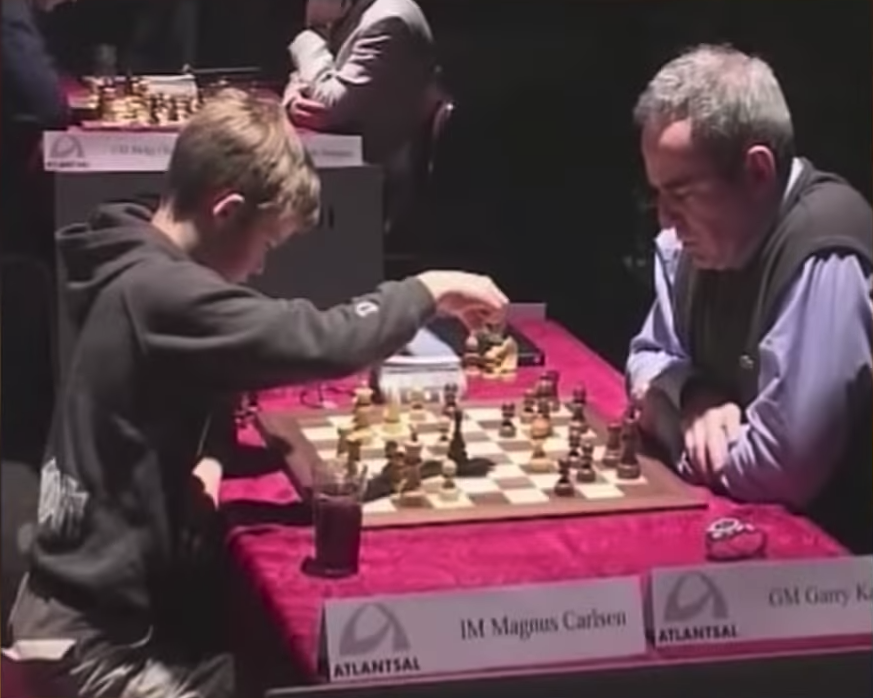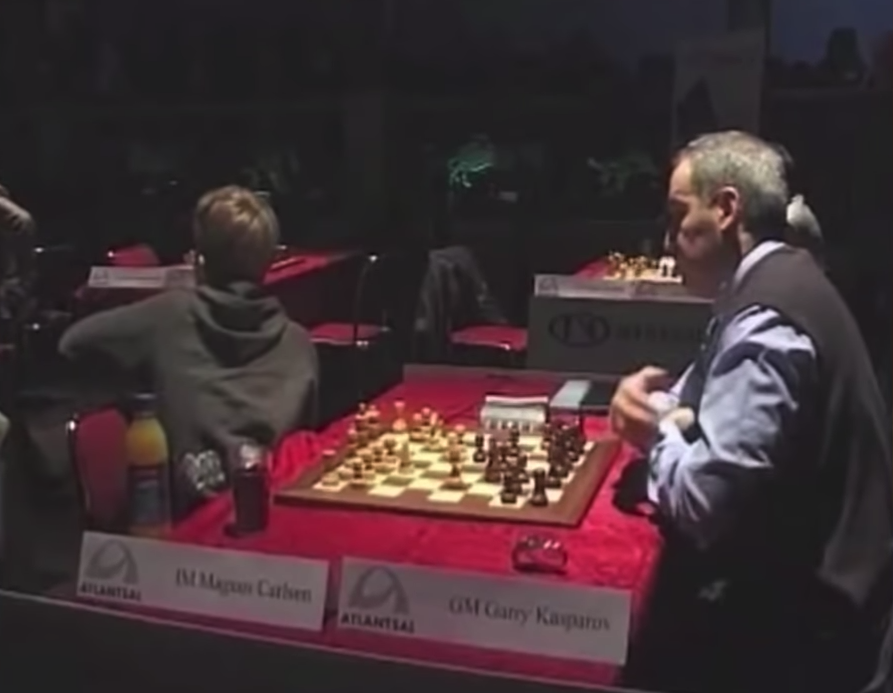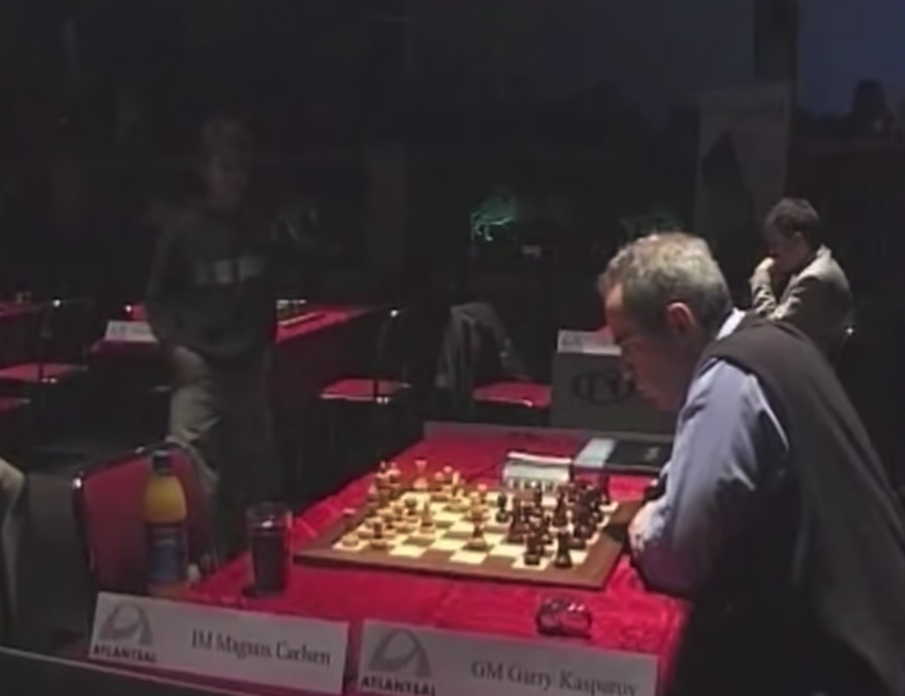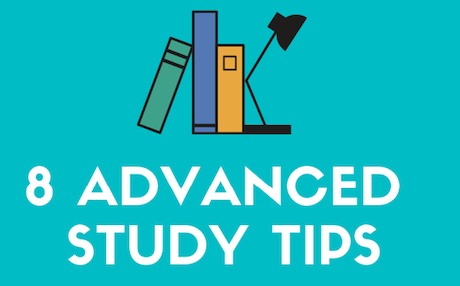Advanced study tips you’ll get from professors and other people who want you to be better in school are too often really basic.
They’ll tell you to sit up front in class and scan your textbooks instead of reading every single chapter.
Maybe you want something better to increase your focus. When you play fighting games, you want to know the frame rate in every single move set and analyze each matchup instead of just playing the game and “having fun.”
You’re the same way with studying. You want to find really advanced tips to hack your learning. You want to find things that don’t come up when you get your basic study tips. This is the blog for you. Are you ready for 8 advanced study tips? Let’s get started!
Share this Infographic On Your Site
Use the Corson technique
Dale Corson was the eighth president of Cornell University, and he was also a chemistry professor. He said that students in chemistry and other science and math programs often have to work really hard to crack problems one sentence at a time as they go through their textbooks or problem sets.
Sometimes you get to a point where you just can’t crack the problem on your own and you need to ask for help. So you go to your professor!
What Dale Corson wants you to think about before you actually talk to a professor is to pause and ask yourself: what is it that I truly don’t understand?
He wants you to get away from this thing that a lot of students do where they go to their professor and with a general wave of the hand and say “I don’t understand what I’m looking at, like this is just confusing to me, I don’t get it.” Instead, he wants you to pick apart the problem one sentence at a time and figure out the exact point at which you don’t get what’s going on.
When you can pinpoint that, you’re going to impress your professor with your preparation and the amount of effort you put into the problem. You will get some brownie points there, but you’re also working to practice the art of recognizing confusion and following it down to its actual source.
Spaced repetition
Spaced repetition is the art of studying things at increasingly bigger and bigger intervals of time. It’s a very efficient way to study, but it also takes advantage of the way your brain works. If you know that individual fact very well, you will not see it for quite a while. In contrast, if there is a fact that you don’t know, you’re going to see that more and more frequently.
Your brain is trying to recall information and you’re forcing it out at the closest time possible to when you are about to forget it. This makes your brain work as hard as it possibly can to recall this information and it encodes it better. This makes you more efficient so you can actually learn a lot faster now.
The best way to take advantage of this is to use a free and generalized program called Anki. You can actually create your own card sets for any type of data that you think you would want to study or you can download shared card decks here.
Definitely check this out. Preparing your own card decks is very useful, but even going through the shared decks and studying them is more efficient than using flashcard study methods on paper.
Method of Loci
The method of loci goes back to the Greek and Roman times. It is a memorization method that has been used by memory champs for a long time. It essentially takes advantage of your brain’s ability to remember spatial information very well through visualization. The classic way to do it is to associate certain sets of data with different rooms of a house.
For example, this is the symbol for “King” in Japanese:
王
The way that you say “king” in Japanese is “Oh.” Unfortunately, “Oh” is a really simple pronunciation. It doesn’t really lend itself to well to mnemonics. If you wanted to adapt the method of loci to learning this word, you could associate “king” with “toilet.”
No, I am not against using five-year-old humor here!
What do you say when you smell the toilet?
If you really wanted to make this study technique useful, you could go into the bathroom and put a flashcard on the toilet. Then you can walk through my house and use this method for all sorts of words. Now the method of loci is not as easy to apply as Anki, but if you’ve got a lot to memorize and nothing else has worked, this might be worth your time.
Hack akrasia
Akrasia is a term that has been written about for centuries and it goes back to Plato. It’s essentially a lack of command over oneself.
There’s another even more complex term called picoeconomics. Basically, we discount the value of a task the more it is delayed and the more the reward is pushed off into the future. We tend to procrastinate and do fun things that don’t really align with our values in the short term and avoid doing things that really do line up with our values because the reward is delayed.
So there are two ways to hack akrasia.
First, use a commitment device bind yourself to getting your task done on time. I love Beeminder.
Second, add a shorter term reward to completing a task. You can put gummy bears on your textbook. As you read each paragraph, you can allow yourself to eat each gummy bear. You can also let yourself watch an episode of Game of Thrones once you finish an assignment.

Just make sure you give yourself some fun experience and a goal when you finish the study problem set. Otherwise, you risk causing akrasia.
Improve the Pomodoro Technique
In case you haven’t heard of the Pomodoro technique, it’s simply where you set a timer for 25 minutes and then work only on one task during that 25-minute session. Then you take a 5-minute break.
It’s very useful, but there are some areas for improvement:
Tocks
Tocks are essentially a Pomodoro session except that you use 45 minutes and then take a 15 minute break instead of the classic 25-minute 5-minute break structure. The tip here is to experiment with the time intervals. Don’t just set yourself to 25 minutes and assume that that’s the only potential interval that you could study at. Find what works for you!
Distraction list
Put a piece of paper next to you during your Pomodoro session. Whenever anything comes up to distracts you like a phone call or the urge to check Facebook, write it down. This lets you remember what the distraction was and if it happened to be something urgent you can take care of it during your break time. Also, as you continue to do lots of Pomodoro sessions over many weeks, you start to see the common problems that distract you. You can then take steps to prevent these things.
Focused and diffused thinking
In A Mind for Numbers: How to Excel at Math and Science Even if You Flunked Algebra, Barbara Oakley describes the chess strategy of Magnus Carlsen. He is currently the number one player in the world, but back in 2004 when he was just 13 years old he played Garry Kasparov to a draw. Kasparov is still considered one of the best chess players in the world. But look at what Carlsen does from these screenshots here!



Oakley has pointed out that Carlsen uses diffused thinking. Focused thinking takes advantage of your prefrontal cortex to focus on one specific set of data and one specific problem. But it sort of doesn’t let the rest of your brain become activated.
A lot of ideas come from different nodes of your brain connecting different completely unrelated ideas in new and different ways. That’s the diffused mode of thinking. So when you’re learning something new, you want to use diffused thinking. You can grok the present problem and then tie it to other nodes in your brain to understand it. If you only try to focus on the problem and do nothing else, you’re going to have a lot harder time solving the problem.
Gauge your classes
The goal is to measure the speed at which your professor moves and at which you’re able to understand. If your professor tends to go too fast and you can’t really understand everything he’s presenting, then you want to take some steps to fix that problem.
One thing you could do is read through the chapter before a lecture, especially in a tough class like microbiology. Maybe if you have some material that outlines what’s going to begin the lecture, you can look at the most relevant parts of the textbook to prime your brain for the lecture.
Another thing you can do if the class pace is just too fast is to simply ask your professor for help or ask questions in the middle of class. Professors are there to help you and you should take advantage of that.
Start alone to recognize confusion
When you do a problem set with a partner you’re kind of robbing yourself the opportunity to really pinpoint gaps in your understanding. If two people are going at the same problem at the same time, one person might be able to do the entire thing. The other person can sort of kind of get where the first person is coming from. You’re going to latch on to their answer and say “yeah I sort of get that” and then you’re going to move on. But if you do it alone then you’re going to be able to pinpoint those areas of confusion and address them before you get into a group.
Content originally presented on YouTube.

